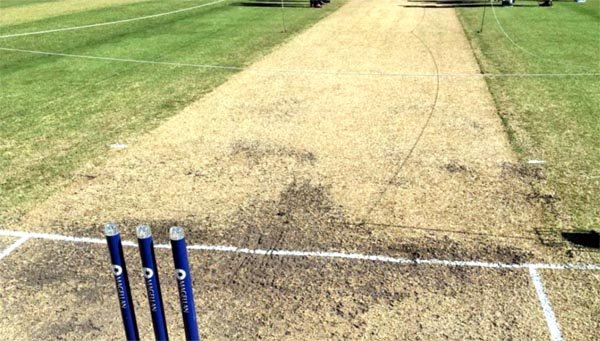New Delhi, May 1 (UNI) The Supreme Court on Thursday reiterated its 2015 directive restricting the felling of trees within a five-kilometre aerial radius of the Taj Mahal in Agra, emphasising that no trees, regardless of number, can be cut without the Court’s explicit permission in this sensitive ecological belt.
A bench, comprising Justices Abhay S Oka and Ujjal Bhuyan, reaffirmed that the original order dated May eight, 2015, will continue to govern tree felling activities within the Taj Trapezium Zone (TTZ), a designated 10,400 sq km area covering districts in Uttar Pradesh (Agra, Firozabad, Mathura, Hathras, Etah) and Bharatpur in Rajasthan.
“For areas within five kilometres of the Taj Mahal, our original directions remain in force. No tree, even if fewer than 50 in number, may be felled without obtaining prior leave of this Court, based on a recommendation from the Central Empowered Committee (CEC),” the Court held.
For tree felling outside the five-kilometre zone but still within the broader TTZ, the bench ruled that permission from the Divisional Forest Officer (DFO) would suffice.
However, such approvals must strictly adhere to the Uttar Pradesh Tree Preservation Act, and tree cutting may proceed only after all conditions, including compensatory afforestation, are fulfilled.
“Only in cases of grave urgency, such as imminent risk to human life, can the tree felling be expedited. Even then, due diligence must be exercised,” the bench warned.
In a significant observation, the Court also directed the CEC to file a report examining whether additional protections are needed for other UNESCO World Heritage Sites in the region, specifically Agra Fort and Fatehpur Sikri.
Separately, the Court dismissed a plea by an Agra-based trust that had sought a relaxation of the condition requiring prior approval for cutting trees on private land.
Notably, in December 2019, the Court had modified its earlier order to allow tree felling on non-forest and private lands within the TTZ without its prior nod.
Today’s Court ruling reinstates stricter control over tree felling in core zones close to the Taj Mahal due to ecological and heritage sensitivities.











